
8 Mistakes You’re Making When Folding Clothes—and What to Do Instead
Allow us to introduce you to file-folding.
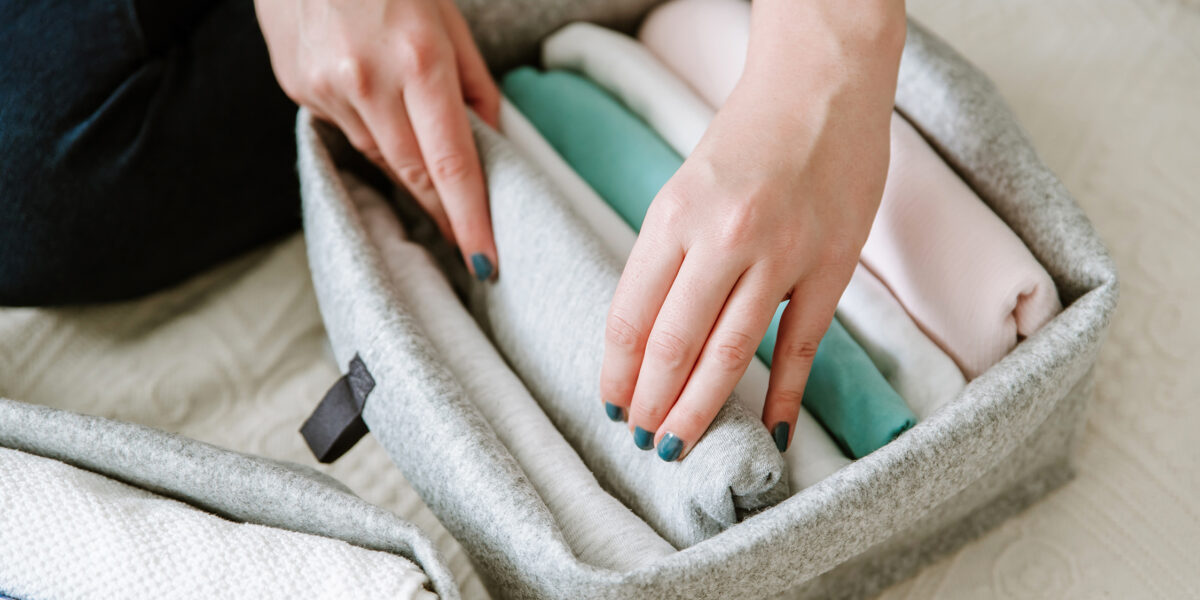
I can’t tell you how many times I’ve looked in my closet and thought about how to rearrange it. There’s the Leaning Tower of Pisa that is my T-shirt section, my overstuffed pajama drawer, and my hung-up jeans that take up too much space. As it turns out, I’m doing almost everything wrong when it comes to closet organization. Amanda Titchenal, founder of full-service organizing firm Well Organized, explained what her clients often get wrong—and how to bring more balance to this part of your home.
For all of the answers to your questions about folding, stacking, and more, read on for Titchenal’s top tips. From her experience, the biggest folding and folding-related mistakes people make include:
1. Stacking Your Favorite T-Shirts
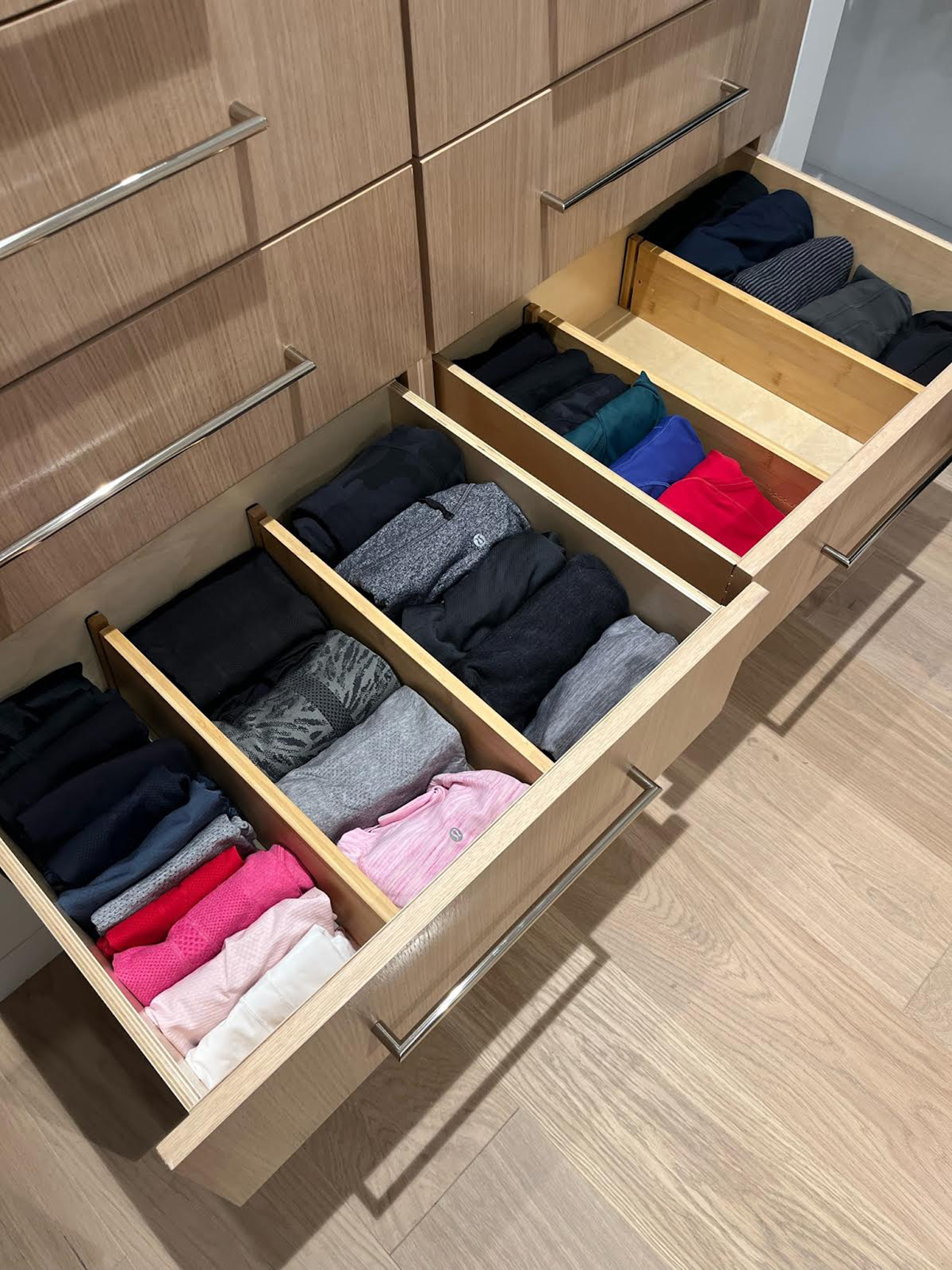
Courtesy of Amanda Titchenal
Perhaps the most common mistake Titchenal sees? Stacking your thin and highly used items in a drawer or on a shelf.
“When anything is folded and piled one on top of the other, it makes it really hard to see what you have,” she says. “We file-fold, so when you look in the drawer, you see the edge of your items all lined up.”
“File-folding” is a method that involves folding an item in thirds, and then standing it upright so you can see some of the clothing. T-shirts, tank tops, leggings, and undergarments are a few of the things that belong in a drawer with this file-folding system in mind.
2. Putting the Wrong Item on Your Shelves
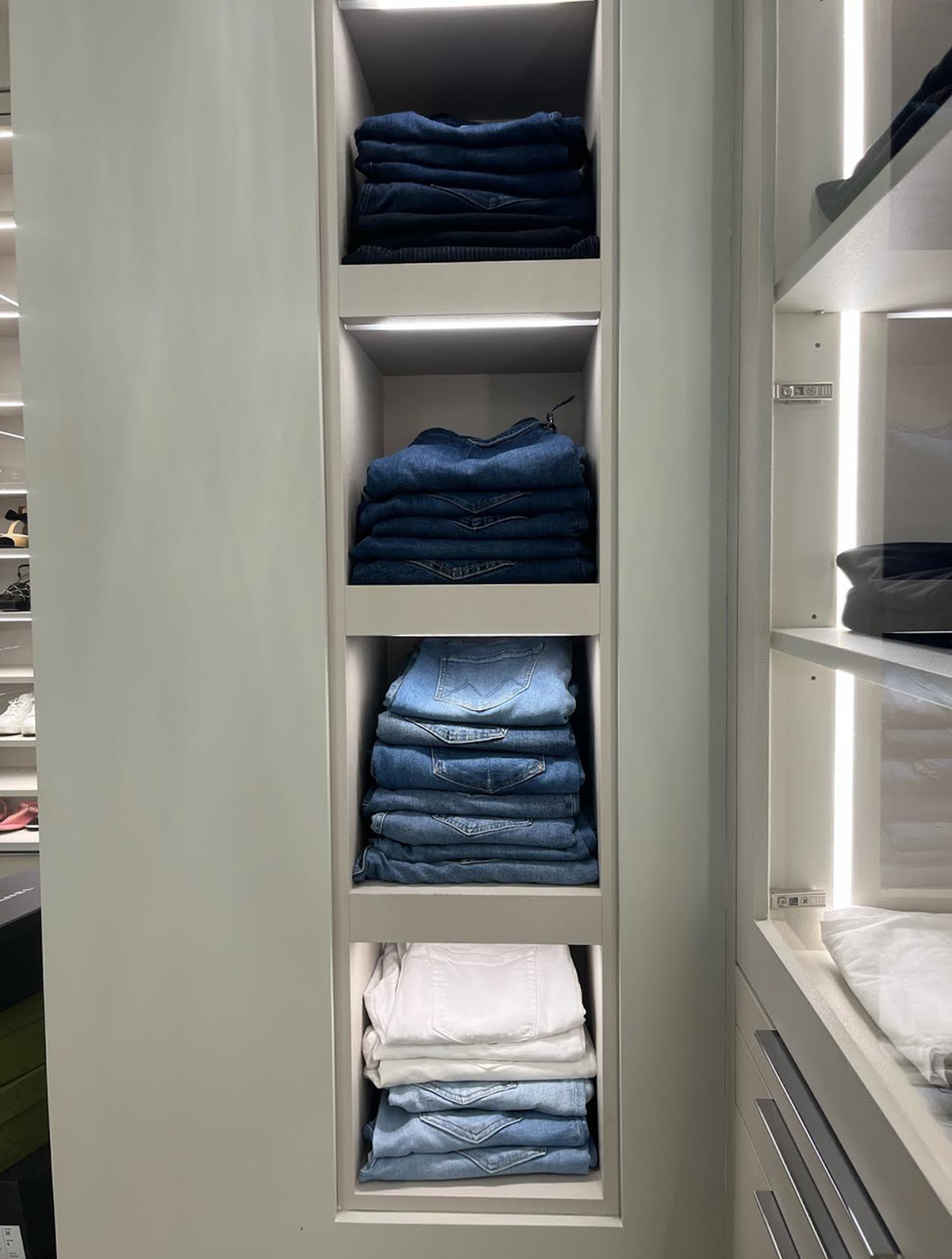
Courtesy of Amanda Titchenal
This was the part where I shuddered at my T-shirt stack. Titchenal says the best items to stack on a shelf are bottoms—think pants and denim—and bulkier items.
“If you’re holding up a pair of pants, we take the corners of the waist and fold them toward us, so the ‘butt’ makes a point in the back,” she says. “And then you lay that down and bring the bottom of the leg to the waist and fold it one more time.”
Along with this strategic fold, you want to make sure the pants all line up in the same direction. Other clothing that fits into this category are heavier sweaters or hoodies.
3. Hanging Bulky Clothing
In line with the “to shelve or not to shelve” concept, hanging bulky items will inevitably take up too much real estate in your closet.
“Any time something is overstuffed, or it’s a high-used item, we try to hang it,” Titchenal says. “If somebody has a major T-shirt collection and they wear them all the time, let’s get those hanging and maybe pull the hoodies that are taking up too much room and fold them instead.”
For even more hanging inspiration, Titchenal also suggests hanging up your leggings or stowing them in a drawer using the file-folding method.
“Leggings are slippery and hard to stack, so then they just fall all over the place—not ideal to put on a shelf,” she says. “We usually file-fold them in a drawer and do them by color, or hang them if we can.”
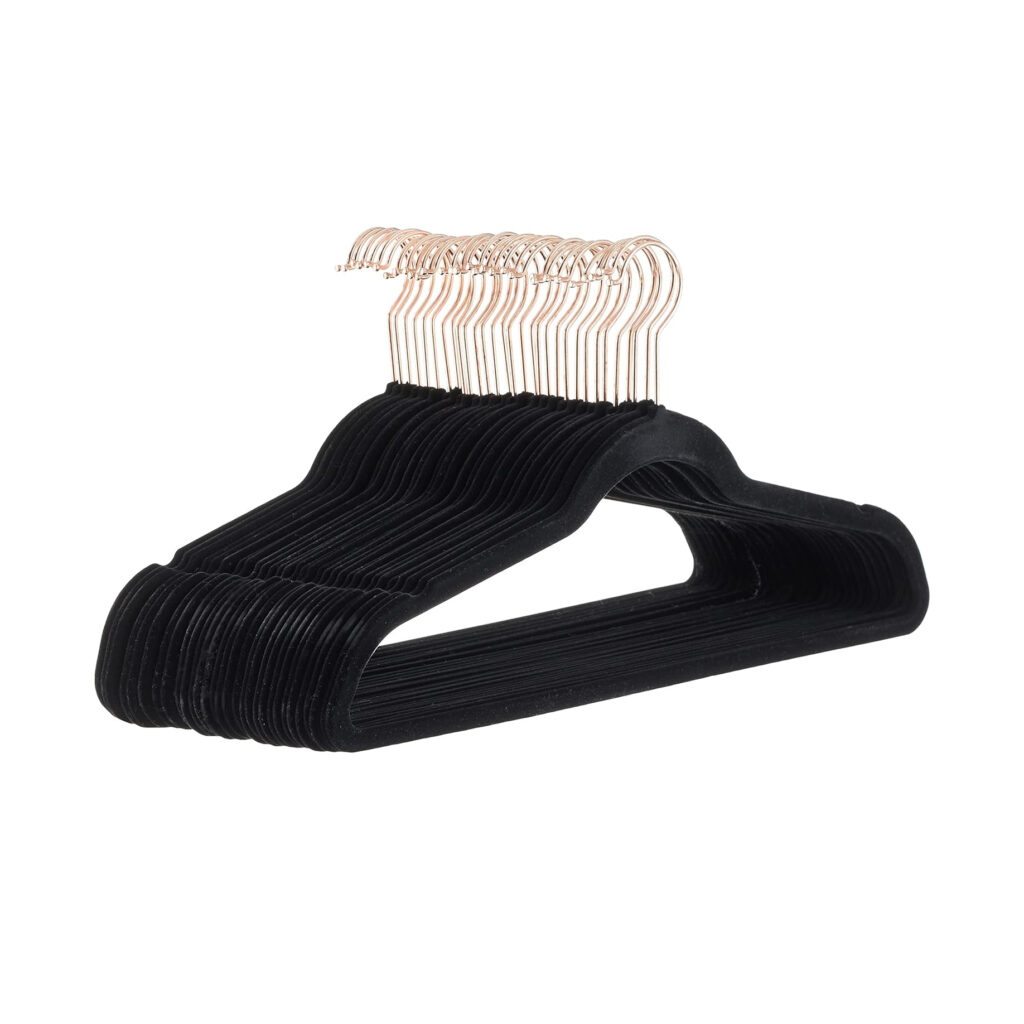
Courtesy of Amazon
4. Separating Your Sets
You don’t need to split up two items in a set. Whether you have a pair of PJs, a new bikini, or your go-to workout set, those two pieces can stick together in your closet. Here’s how it works, according to Titchenal: Start with a shirt or top and lay it flat on the bed. Then, put the bottom on top of it and fold with the bottom into the top. For swimsuits, she also suggests folding the bottoms into a compact shape before folding them inside of the top.
5. Piling up Garments in Your Underwear Drawer
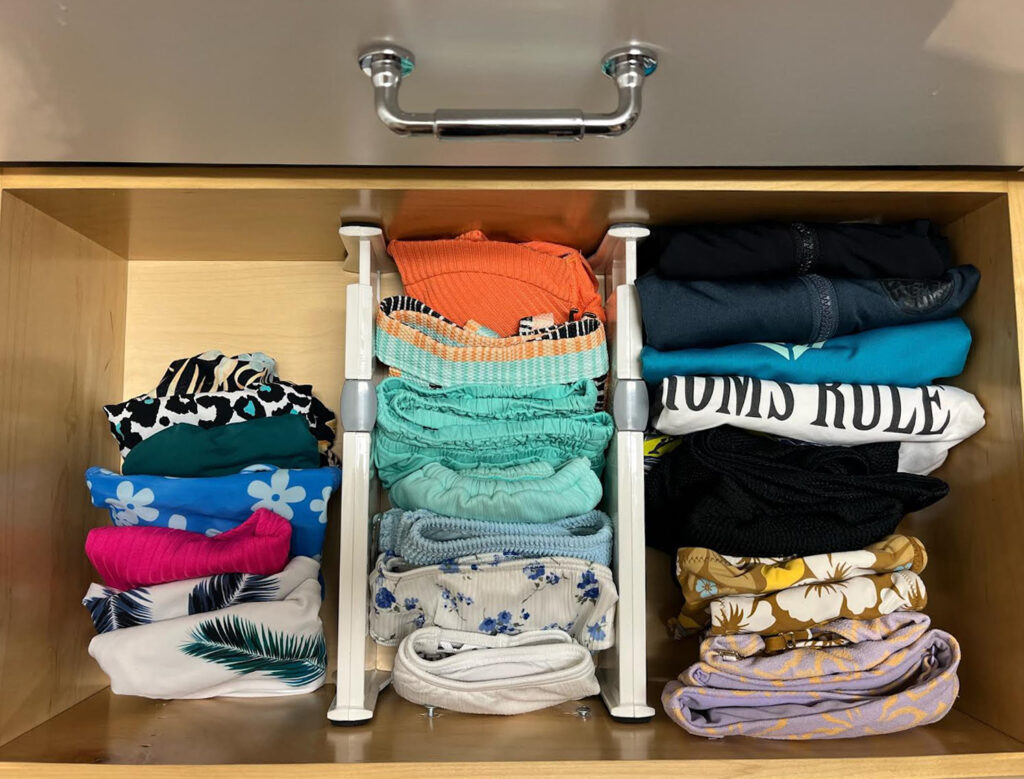
Courtesy of Amanda Titchenal
It’s easy for your underwear to turn into a messy pile of cotton and silk. Per Titchenal, that’s where dividers like the SpaceAid 4“ High Bamboo Deep Drawer Dividers or JONYJ Drawer Dividers come in handy.
“We always use some sort of divider, because it is hard to keep undergarments folded neatly and they are so delicate, especially if it’s a silk item,” she says. “We still file-fold underwear, but we use dividers to help keep the sections a little bit smaller. But you don’t have to fold with so many folds. It can be a half-fold or just a thirds fold, so at least there’s some order, and then again, file-fold them.”
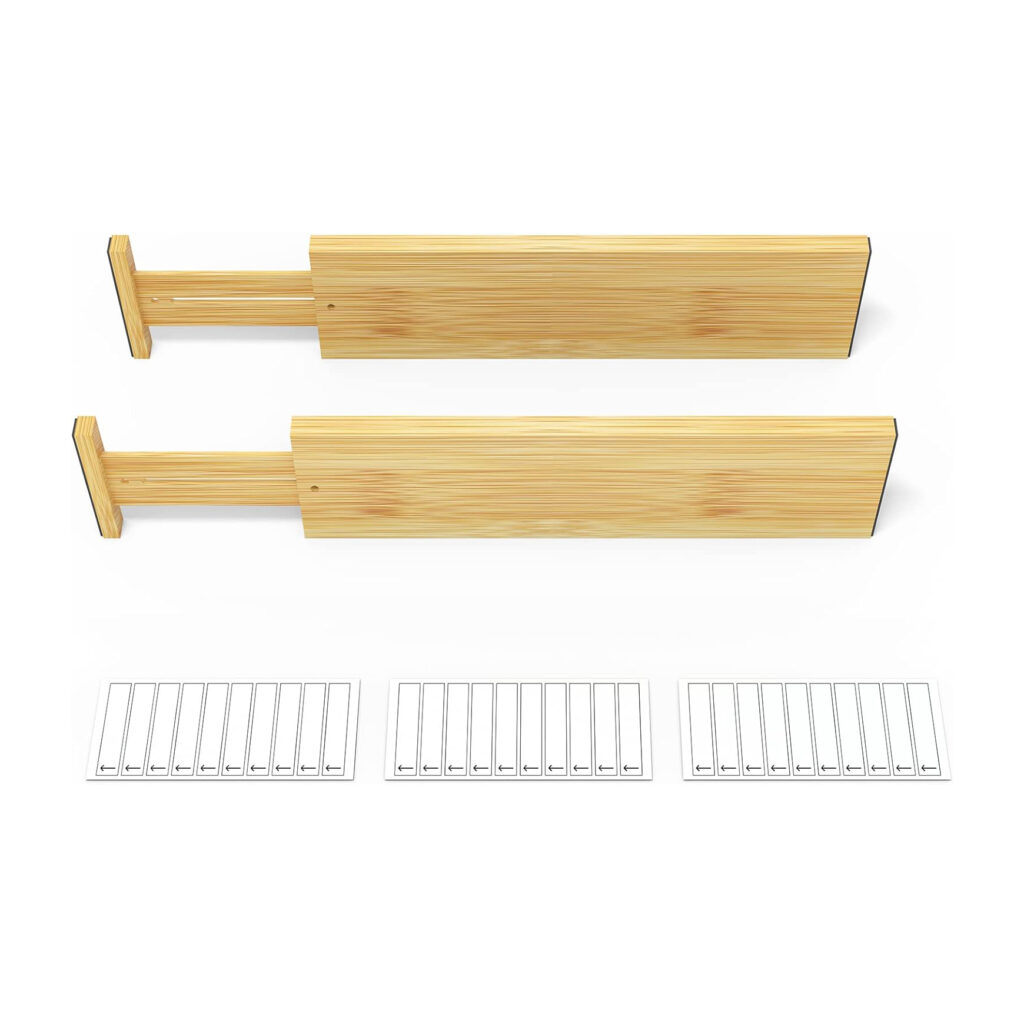
Courtesy of Amazon
From there, Titchenal recommends tiering your underwear, so that they’re not stacked directly on top of each other, but you have the opportunity to see some of each garment. As for bras, she recommends leaving the cups flat, tucking the straps behind, and placing them one in front of the other. “Think of how you go to a Victoria’s Secret and how they have their things displayed,” she says. “It’s very similar to that.”
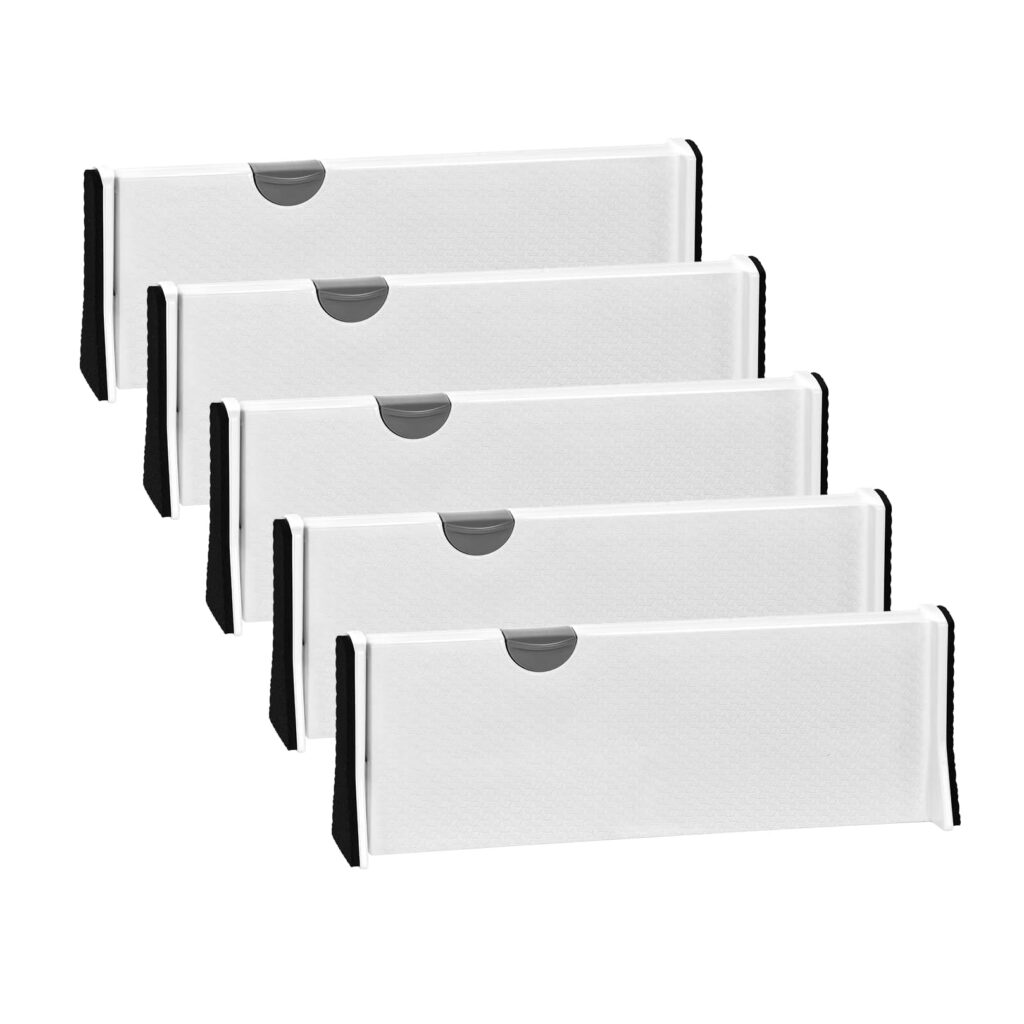
Courtesy of Amazon
6. Ignoring Open Space in Your Closet
Say it with me: Use up your vertical space! If there’s any extra space under hanging garments, on top of a shelf, or anywhere else, see it as an opportunity for organization. You can manage this void by filling it with shelves, stacking drawers, or baskets. For instance, if you don’t have a dresser, but your closet has shelves and you need a spot to store your undergarments, use baskets instead.
Creating sections is another way to clean up your closet, and Titchenal advises that her clients divide their items and color-code them for a more visually appealing look and to help them find particular pieces.
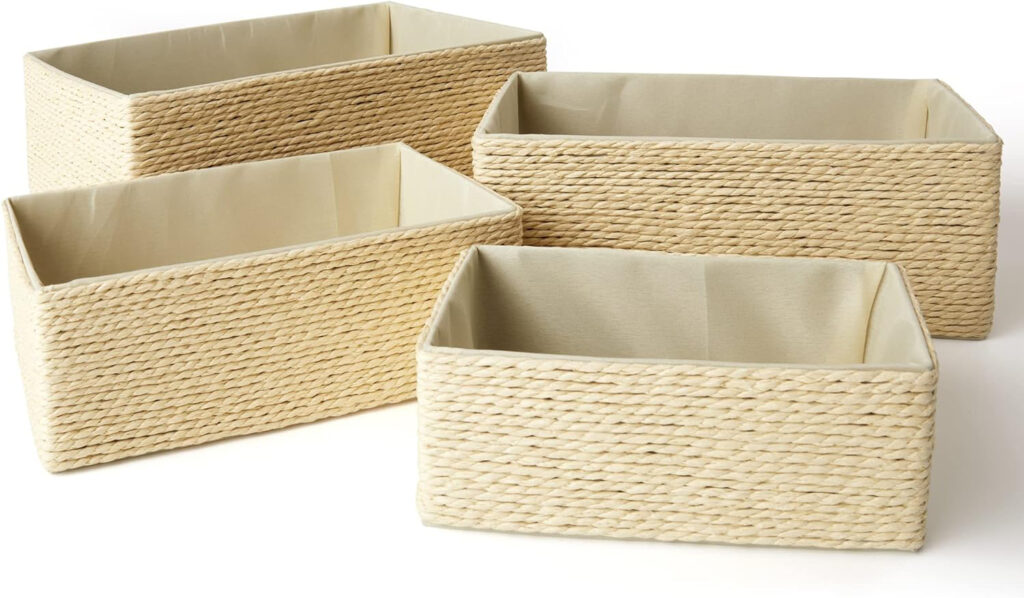
Courtesy of Amazon
7. Balling up Your Socks
“When you ball up socks, it stretches out the elastic, and it also just takes time,” Titchenal says. “We lay socks one on top of the other and then triple-fold them if they’re a crew sock. If it’s just an ankle sock, we stick one sock inside of the other and fold it in half, then file-fold.”
8. Holding onto Items You No Longer Use or Need
“Less is more,” Titchenal says. “If you’re finding that you can’t maintain your closet, it means that you need to take some time to do a purge and really think about the things you’re keeping. If you are constantly having to refold something, it means that you either have too much of it or it’s not in the right spot for you.”
Overstuffing is an indicator that you need to edit your closet. Decluttering at the end of each season is a must, and you can learn more about closet organization tips here.
We only recommend things we love. If you buy something through our site, we might earn a commission.
